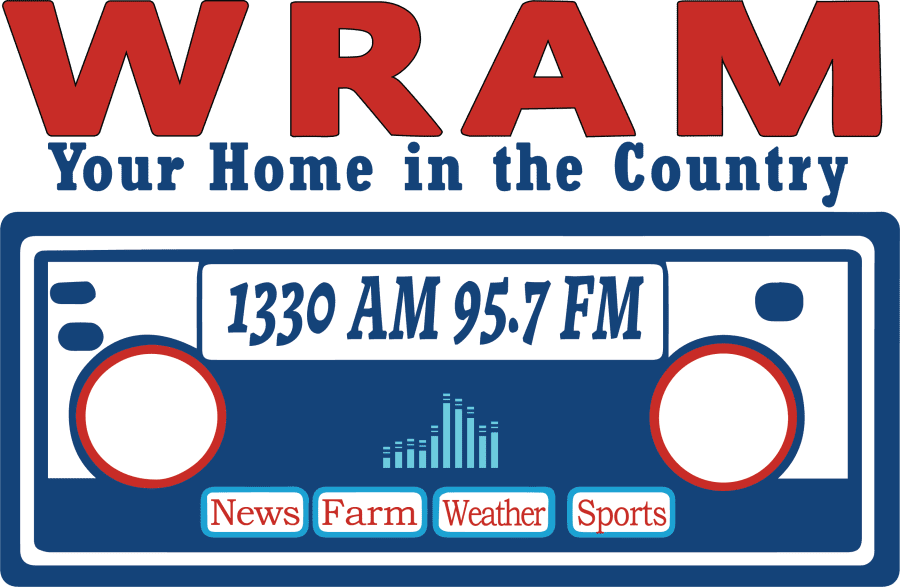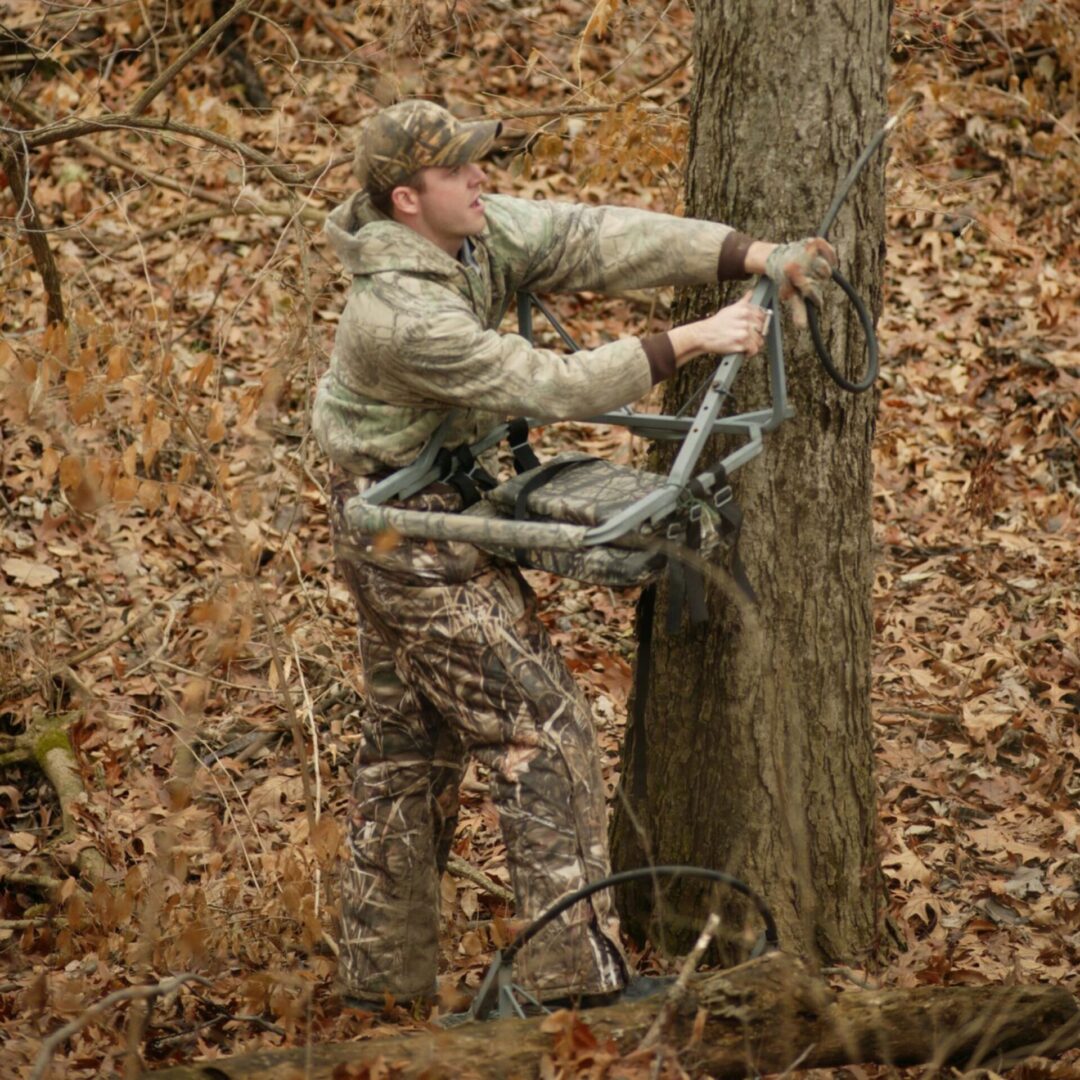Colleen Reynolds, Media Relations Coordinator
If you’re used to blasting away on the treadmill at a 5.0 speed and at least that much of an incline, you might need to re-think your work-out when you return to the gym.
For now, gyms in Michigan remain closed due to an appeals court ruling but phase four of Restore Illinois took effect June 26, allowing people in the state to return to indoor exercise and recreation, provided numbers are limited to 50 or 50 percent of facility capacity. While the Illinois Department of Public Health does not specifically list gyms or fitness centers as a place where masks are required, regulations say masks should be worn in public when a physical distance of six feet cannot be maintained.
Veteran Respiratory Therapist Johnna Steller of OSF HealthCare says people who plan to exercise at an indoor facility need to realize they should be masked to protect others. That said, she warns even those who are extremely fit need to realize they will have to alter their intensity.
“When your muscles burn they create lactic acid and the lactic acid turns into Co2 so that Co2 is going to increase more if you’re doing a higher level of intensity of exercise,” Stellar explains.
Taking in more Co2 can have some bad side effects.
“You could get light-headed. You could get dizzy. You could even become confused if it’s for a long period of time.”
Steller equates it to the challenges posed by doing activities in higher altitudes. She warns gyms and fitness centers need to educate clients not to overreact when they’re having difficulty breathing.
“They could just want to pull the mask down and not recognize the fact they shouldn’t be doing that. Instead, they should be slowing down, stopping, catching their breath, and then going on,” she advises.
The best advice from Steller — begin at a lower level than what you’re used to and then increase exertion. As you continue, always keep an eye on your heart rate. Many people who are regulars at their gym take pride in their fitness levels so Steller says the staff will need to remind them it’s ok to work out at a lower-level of intensity.
“They need to be reminded that this doesn’t mean they’re weaker. It doesn’t mean their fitness level is less. It just means that it’s different and as far as burning calories, usually when you are breathing heavier and your heart rate is going up — which will happen while with the mask — you’re probably going to burn more calories.”
At Guardian Fitness in Peoria, Owner and Personal Trainer Steve Starks has positioned workstations six feet apart for clients in scheduled classes. They enter through one door and exit through another and must sanitize their hands before beginning their workout.
Starks says, “Their equipment is already at their location which prevents a lot of contact back and forth. And if they should put something in their station, they stay there until the end of the class and we make sure that everybody wipes it down. In between we also do frequent handwashing and also sanitizing before and after the workout.”
Starks says everyone coming into the facility is asked to have a mask with them and to wear it if they happen to come within six feet of someone.
“We always ask them to take the initiative. If you feel unsafe then you step back, then you put on the mask and that will cue the other person to also put on their mask and that makes them so they’re not so offended.”
Guardian Fitness has prioritized communication and education, making sure clients understand the value of wearing a mask.
“We bring it back to the family environment by being safe, by being clean, by wearing your mask, you’re protecting people inside the gym but you’re protecting going back home and taking any possible contact back to your home.”
Individuals with pre-existing respiratory or cardiovascular conditions should make sure to monitor their heart rate while exercising with a mask. Stellar says individuals with chronic obstructive pulmonary disorder (COPD), asthma, chronic bronchitis, pulmonary fibrosis and any other lung conditions should consult (via virtual visit or in person) with a medical professional for personal instructions.
Tips from the American Council on Exercise for Working Out in a Mask
- Make sure your mask is big enough to cover your nose and face for proper protection.
- The mask should feel comfortable and snug around your cheeks and nose. Try not to fidget with the mask while you are working out.
- If the mask restricts your breathing prior to exercise, it will not be good to wear during exercise.
- The advantage of a cloth mask is that it can be washed. Exercise enthusiasts who exercise regularly are encouraged to have a few masks so there is a clean, dry mask ready for each workout. Any laundry detergent will be fine for washing cloth face masks.
- If you tend to sweat a lot when you work out (indoors or outdoors), perhaps bring a second mask with you and replace when it becomes damp. It is best to replace a damp mask (from workout sweat or outdoor humidity).
If you’re used to blasting away on the treadmill at a 5.0 speed and at least that much of an incline, you might need to re-think your work-out when you return to the gym.
For now, gyms in Michigan remain closed due to an appeals court ruling but phase four of Restore Illinois took effect June 26, allowing people in the state to return to indoor exercise and recreation, provided numbers are limited to 50 or 50 percent of facility capacity. While the Illinois Department of Public Health does not specifically list gyms or fitness centers as a place where masks are required, regulations say masks should be worn in public when a physical distance of six feet cannot be maintained.
Veteran Respiratory Therapist Johnna Steller of OSF HealthCare says people who plan to exercise at an indoor facility need to realize they should be masked to protect others. That said, she warns even those who are extremely fit need to realize they will have to alter their intensity.
“When your muscles burn they create lactic acid and the lactic acid turns into Co2 so that Co2 is going to increase more if you’re doing a higher level of intensity of exercise,” Stellar explains.
Taking in more Co2 can have some bad side effects.
“You could get light-headed. You could get dizzy. You could even become confused if it’s for a long period of time.”
Steller equates it to the challenges posed by doing activities in higher altitudes. She warns gyms and fitness centers need to educate clients not to overreact when they’re having difficulty breathing.
“They could just want to pull the mask down and not recognize the fact they shouldn’t be doing that. Instead, they should be slowing down, stopping, catching their breath, and then going on,” she advises.
The best advice from Steller — begin at a lower level than what you’re used to and then increase exertion. As you continue, always keep an eye on your heart rate. Many people who are regulars at their gym take pride in their fitness levels so Steller says the staff will need to remind them it’s ok to work out at a lower-level of intensity.
“They need to be reminded that this doesn’t mean they’re weaker. It doesn’t mean their fitness level is less. It just means that it’s different and as far as burning calories, usually when you are breathing heavier and your heart rate is going up — which will happen while with the mask — you’re probably going to burn more calories.”
At Guardian Fitness in Peoria, Owner and Personal Trainer Steve Starks has positioned workstations six feet apart for clients in scheduled classes. They enter through one door and exit through another and must sanitize their hands before beginning their workout.
Starks says, “Their equipment is already at their location which prevents a lot of contact back and forth. And if they should put something in their station, they stay there until the end of the class and we make sure that everybody wipes it down. In between we also do frequent handwashing and also sanitizing before and after the workout.”
Starks says everyone coming into the facility is asked to have a mask with them and to wear it if they happen to come within six feet of someone.
“We always ask them to take the initiative. If you feel unsafe then you step back, then you put on the mask and that will cue the other person to also put on their mask and that makes them so they’re not so offended.”
Guardian Fitness has prioritized communication and education, making sure clients understand the value of wearing a mask.
“We bring it back to the family environment by being safe, by being clean, by wearing your mask, you’re protecting people inside the gym but you’re protecting going back home and taking any possible contact back to your home.”
Individuals with pre-existing respiratory or cardiovascular conditions should make sure to monitor their heart rate while exercising with a mask. Stellar says individuals with chronic obstructive pulmonary disorder (COPD), asthma, chronic bronchitis, pulmonary fibrosis and any other lung conditions should consult (via virtual visit or in person) with a medical professional for personal instructions.
Tips from the American Council on Exercise for Working Out in a Mask
- Make sure your mask is big enough to cover your nose and face for proper protection.
- The mask should feel comfortable and snug around your cheeks and nose. Try not to fidget with the mask while you are working out.
- If the mask restricts your breathing prior to exercise, it will not be good to wear during exercise.
- The advantage of a cloth mask is that it can be washed. Exercise enthusiasts who exercise regularly are encouraged to have a few masks so there is a clean, dry mask ready for each workout. Any laundry detergent will be fine for washing cloth face masks.
- If you tend to sweat a lot when you work out (indoors or outdoors), perhaps bring a second mask with you and replace when it becomes damp. It is best to replace a damp mask (from workout sweat or outdoor humidity).













